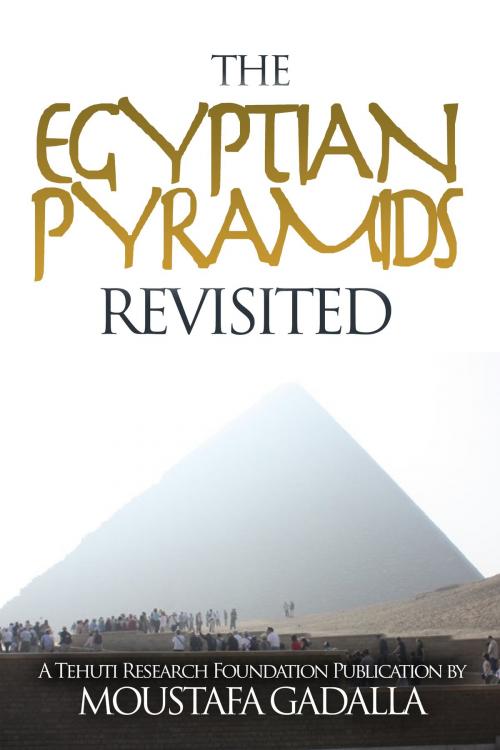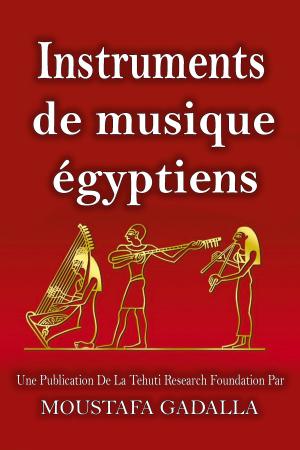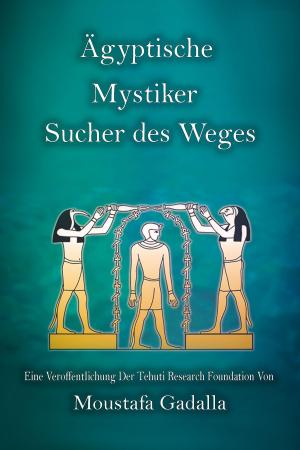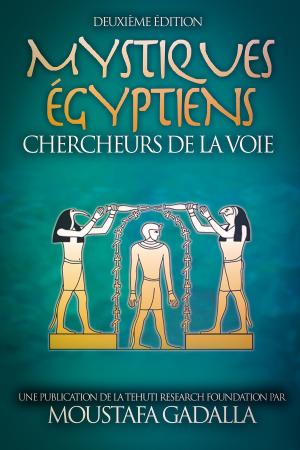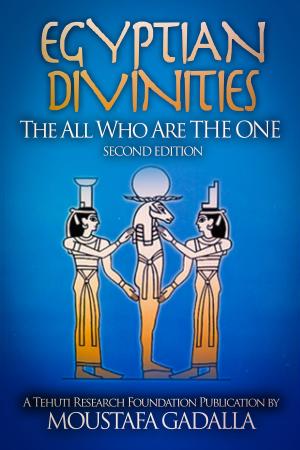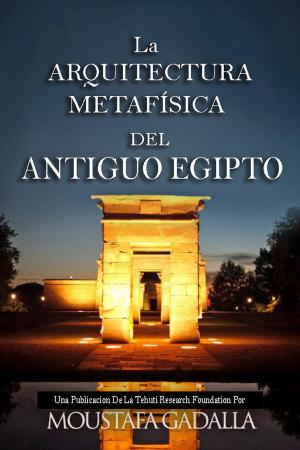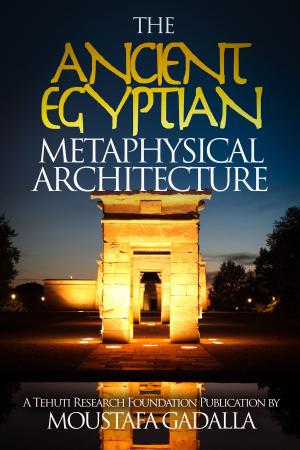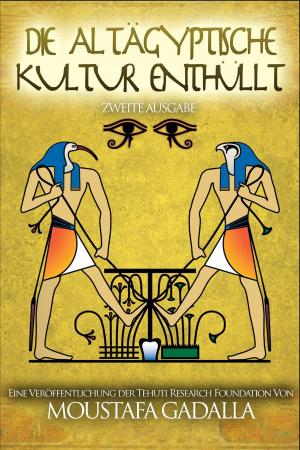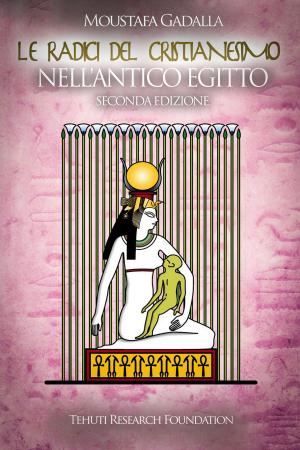Egyptian Pyramids Revisited
Nonfiction, Art & Architecture, Architecture, Public, Commercial, or Industrial Buildings, History, Ancient History, Egypt| Author: | Moustafa Gadalla | ISBN: | 9781931446808 |
| Publisher: | Moustafa Gadalla | Publication: | April 25, 2017 |
| Imprint: | Smashwords Edition | Language: | English |
| Author: | Moustafa Gadalla |
| ISBN: | 9781931446808 |
| Publisher: | Moustafa Gadalla |
| Publication: | April 25, 2017 |
| Imprint: | Smashwords Edition |
| Language: | English |
A complete handbook about the pyramids of Ancient Egypt during the Pyramid Age. It contains: the locations and dimensions of interiors and exteriors of the pyramids; the history and builders of the pyramids; theories of construction; theories on their purpose and function; the sacred geometry that was incorporated into the design of the pyramids; and much, much more.
This Expanded Edition of the book consists of fully illustrated seven Parts with a total of 18 Chapters, as well as one Appendix.
Part I: Overview consists of two chapters 1 and 2, as follows:
Chapter 1: The Background provides a short opening statement about the common "theories" and the counterpoints based on actual facts.
Chapter 2: The Genuine Masonry Pyramids provides a list of the Egyptian pyramids that were built during the Fourth dynasty about 4500 years ago.
Part II: Pyramids versus Tombs consists of two chapters 3 and 4, as follows:
Chapter 3: Stepped "Pyramid" of Zoser covers details of its super-structure and its underground chambers.
Chapter 4: The Fictional Tombs covers the details of a typical Ancient Egyptian tomb and how totally different from the interiors of the Egyptian masonry pyramids of the Fourth Dynasty.
Part III: Pyramids -- Functions & Forms consists of two chapters 5 and 6, as follows:
Chapter 5: The Pyramid Complex shows how the Egyptian pyramid was a component of a complex that was connected to other temples; and the differences in functions and forms between a pyramid and a temple; as well as the energetic proportioning of such structures.
Chapter 6: Pyramid Power covers the form variations of the Egyptian masonry pyramids; and how such forms attract, maintain and channel cosmic energies.
Part IV: Pyramid Construction Techniques consists of two chapters 7 and 8, as follows:
Chapter 7: The Flawed "Common Theory"covers the details of the Common 'Theory"; the unidentified "source" of quarried blocks ; the impossibilities of cutting and shaping the pyramid blocks; the impossible logistics of fabricated ramps' theory; the convenietly ignored three immense Pyramids of Snefru; and a summation refuting the western-made "Common Theory"
Chapter 8: The Material Facts covers Herodotus accounts of pyramid construction; Egyptian molding techniques ; the differences between synthetic and natural blocks; the various types of synthetic concrete blocks; the unique qualities of the pyramids'casing stones; additional evidential facts of synthetic pyramid blocks; as well as bringing to light the even more outstanding details of the earlier incredible masonry works of Saqqara
Part V:The Three Snefru Pyramids consists of three chapters 9 through 11, as follows:
Chapter 9: Snefru’s Meidum Pyramid covers its detailed exteriors and interiors.
Chapter 10: Snefru’s Bent Pyramid covers its detailed exteriors and interiors.
Chapter 11: Snefru’s Red Pyramid covers its detailed exteriors and interiors.
Part VI: The Three Pyramids of Giza consists of four chapters 12 through 15, as follows:
Chapter 12: The Giza Plateau provides an overall diagram of the main points of interest in the Giza Plateau
Chapter 13: Khufu’s Great Pyramid covers its detailed exteriors and interiors.
Chapter 14: Khafra’s Pyramid covers its detailed exteriors and interiors.
Chapter 15: Menkaura's Pyramid covers its detailed exteriors and interiors.
Part VII: After The Pyramids consists three chapters 16 through 18, as follows;
Chapter 16: Mission Accomplished concludes the Egyptians' objectives of building the pyramids
Chapter 17: "Pyramid" Texts covers the origin of such incorrectly western characterization of such texts.
Chapter 18: The Greatest Pharaohs That Followed provides accounts of subsequent more powerful and great builders who never built a pyramid because the real objectives of building pyramids were achieved during the era of the Fourth dynasty.
Appendix A: Roof Forms and Their Metaphysical Designations.
A complete handbook about the pyramids of Ancient Egypt during the Pyramid Age. It contains: the locations and dimensions of interiors and exteriors of the pyramids; the history and builders of the pyramids; theories of construction; theories on their purpose and function; the sacred geometry that was incorporated into the design of the pyramids; and much, much more.
This Expanded Edition of the book consists of fully illustrated seven Parts with a total of 18 Chapters, as well as one Appendix.
Part I: Overview consists of two chapters 1 and 2, as follows:
Chapter 1: The Background provides a short opening statement about the common "theories" and the counterpoints based on actual facts.
Chapter 2: The Genuine Masonry Pyramids provides a list of the Egyptian pyramids that were built during the Fourth dynasty about 4500 years ago.
Part II: Pyramids versus Tombs consists of two chapters 3 and 4, as follows:
Chapter 3: Stepped "Pyramid" of Zoser covers details of its super-structure and its underground chambers.
Chapter 4: The Fictional Tombs covers the details of a typical Ancient Egyptian tomb and how totally different from the interiors of the Egyptian masonry pyramids of the Fourth Dynasty.
Part III: Pyramids -- Functions & Forms consists of two chapters 5 and 6, as follows:
Chapter 5: The Pyramid Complex shows how the Egyptian pyramid was a component of a complex that was connected to other temples; and the differences in functions and forms between a pyramid and a temple; as well as the energetic proportioning of such structures.
Chapter 6: Pyramid Power covers the form variations of the Egyptian masonry pyramids; and how such forms attract, maintain and channel cosmic energies.
Part IV: Pyramid Construction Techniques consists of two chapters 7 and 8, as follows:
Chapter 7: The Flawed "Common Theory"covers the details of the Common 'Theory"; the unidentified "source" of quarried blocks ; the impossibilities of cutting and shaping the pyramid blocks; the impossible logistics of fabricated ramps' theory; the convenietly ignored three immense Pyramids of Snefru; and a summation refuting the western-made "Common Theory"
Chapter 8: The Material Facts covers Herodotus accounts of pyramid construction; Egyptian molding techniques ; the differences between synthetic and natural blocks; the various types of synthetic concrete blocks; the unique qualities of the pyramids'casing stones; additional evidential facts of synthetic pyramid blocks; as well as bringing to light the even more outstanding details of the earlier incredible masonry works of Saqqara
Part V:The Three Snefru Pyramids consists of three chapters 9 through 11, as follows:
Chapter 9: Snefru’s Meidum Pyramid covers its detailed exteriors and interiors.
Chapter 10: Snefru’s Bent Pyramid covers its detailed exteriors and interiors.
Chapter 11: Snefru’s Red Pyramid covers its detailed exteriors and interiors.
Part VI: The Three Pyramids of Giza consists of four chapters 12 through 15, as follows:
Chapter 12: The Giza Plateau provides an overall diagram of the main points of interest in the Giza Plateau
Chapter 13: Khufu’s Great Pyramid covers its detailed exteriors and interiors.
Chapter 14: Khafra’s Pyramid covers its detailed exteriors and interiors.
Chapter 15: Menkaura's Pyramid covers its detailed exteriors and interiors.
Part VII: After The Pyramids consists three chapters 16 through 18, as follows;
Chapter 16: Mission Accomplished concludes the Egyptians' objectives of building the pyramids
Chapter 17: "Pyramid" Texts covers the origin of such incorrectly western characterization of such texts.
Chapter 18: The Greatest Pharaohs That Followed provides accounts of subsequent more powerful and great builders who never built a pyramid because the real objectives of building pyramids were achieved during the era of the Fourth dynasty.
Appendix A: Roof Forms and Their Metaphysical Designations.
